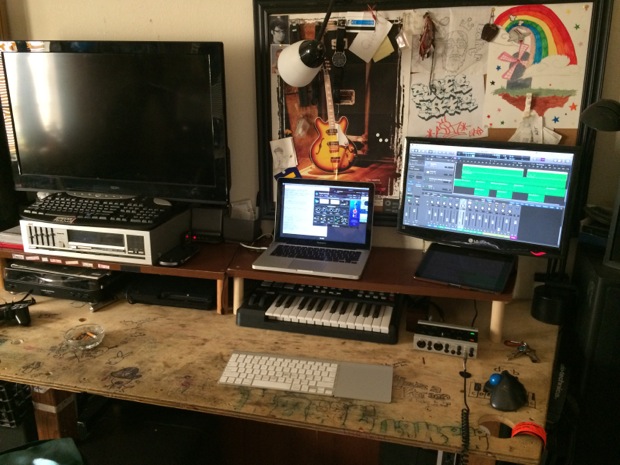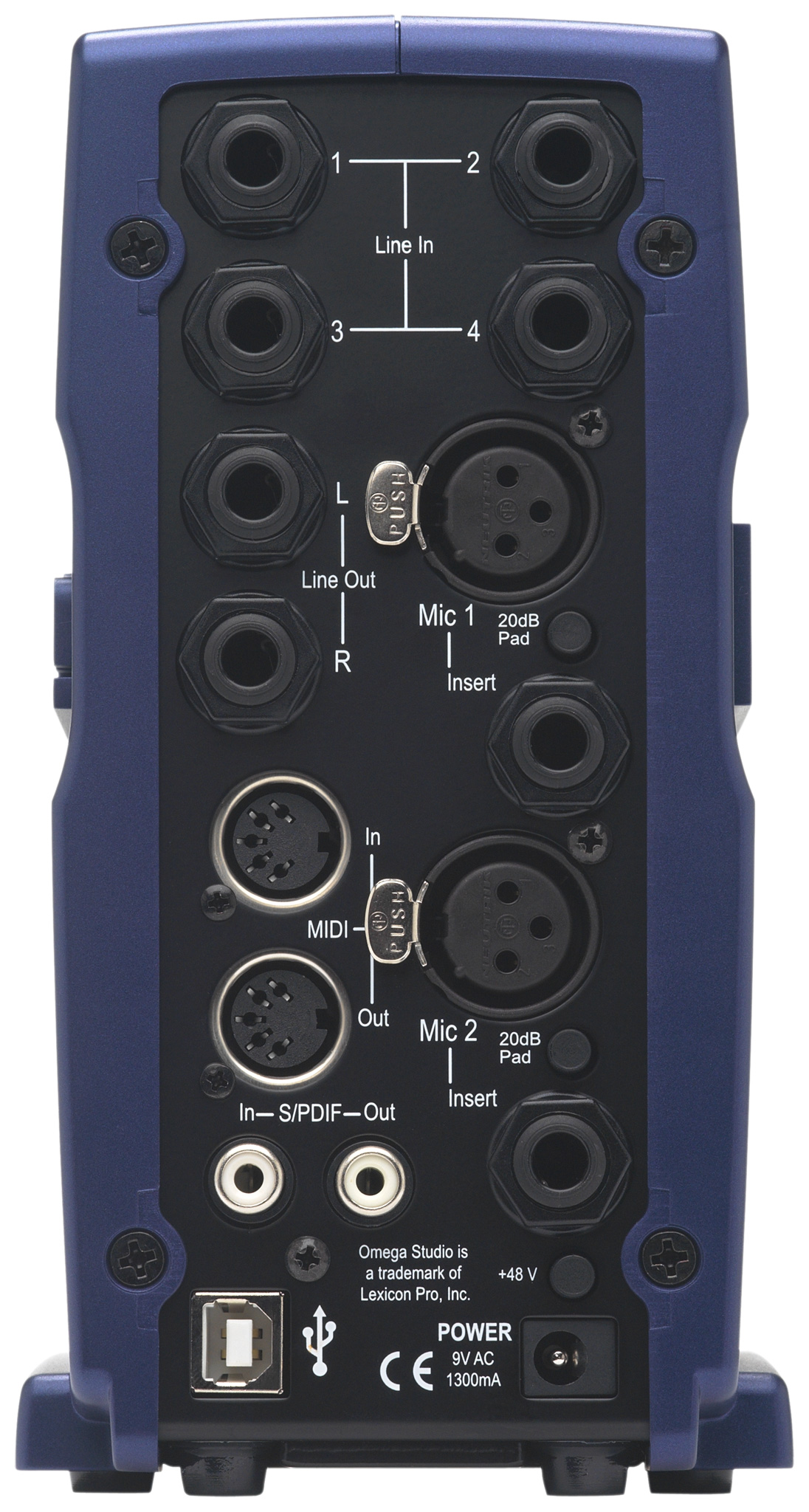
Designed to help home recordists and recording engineers to organize their recording activities, Audio Studio Manager is the first application of this category in the Mac App Store and the only one fully developed in Objective-C. And that means: easily expandable and seamless integration with Mac OS X. Sound Studio is a Mac OS X application (an older version is available for Mac OS 9.1 through 9.2.2) for working with digital audio. Digitize vinyl records and tapes, record live performances, create your own mixes with crossfades, tweak the levels and EQ, apply digital effects, and save in several file formats with Sound Studio. Audio Recording, Editing, Processing and Mastering for Mac OS. Audio mastering engineers around the world depend on the award-winning SOUND FORGE Pro Mac to generate flawless audio.
Frequently asked questions:
The 4.9.4 version of Sound Studio 3 for Mac is provided as a free download on our website. This software for Mac OS X was originally designed by felt tip inc. Some of Sound Studio 3 for Mac aliases include 'Sound Studio K', 'Sound Studio 2', 'Sound Studio 3 Extras'. This Mac download was checked by our antivirus and was rated as virus free.
Question: What is the point eqMac? What is an Audio Equalizer? Answer:If if you feel like your audio hardware (headphones, speaker) does not have enough Bass (low frequency) punch, or vice versa, you can adjust that using eqMac.
Watch THIS VIDEO for a better explanation.

Press the Download button on the home page.
Open the downloaded eqMac.dmg file (if you accidentally closed the window you can always reopen it by Finding it as a Drive in your Finder).
Drag the eqMac app into Applications directory.
Open eqMac.app from you Applications directory.
The way eqMac works it needs to install an Audio Driver, to do that it needs your system password.
The app never sees your password as it uses secure Apple API to perform the install.


macOS does not have direct way to access the System Audio stream, so we use the eqMac Audio driver to divert the system audio to the drivers input stream.
Then eqMac captures that input audio stream, processses it and sends it directly to the output device.

Designed to help home recordists and recording engineers to organize their recording activities, Audio Studio Manager is the first application of this category in the Mac App Store and the only one fully developed in Objective-C. And that means: easily expandable and seamless integration with Mac OS X. Sound Studio is a Mac OS X application (an older version is available for Mac OS 9.1 through 9.2.2) for working with digital audio. Digitize vinyl records and tapes, record live performances, create your own mixes with crossfades, tweak the levels and EQ, apply digital effects, and save in several file formats with Sound Studio. Audio Recording, Editing, Processing and Mastering for Mac OS. Audio mastering engineers around the world depend on the award-winning SOUND FORGE Pro Mac to generate flawless audio.
Frequently asked questions:
The 4.9.4 version of Sound Studio 3 for Mac is provided as a free download on our website. This software for Mac OS X was originally designed by felt tip inc. Some of Sound Studio 3 for Mac aliases include 'Sound Studio K', 'Sound Studio 2', 'Sound Studio 3 Extras'. This Mac download was checked by our antivirus and was rated as virus free.
Question: What is the point eqMac? What is an Audio Equalizer? Answer:If if you feel like your audio hardware (headphones, speaker) does not have enough Bass (low frequency) punch, or vice versa, you can adjust that using eqMac.
Watch THIS VIDEO for a better explanation.
Press the Download button on the home page.
Open the downloaded eqMac.dmg file (if you accidentally closed the window you can always reopen it by Finding it as a Drive in your Finder).
Drag the eqMac app into Applications directory.
Open eqMac.app from you Applications directory.
The way eqMac works it needs to install an Audio Driver, to do that it needs your system password.
The app never sees your password as it uses secure Apple API to perform the install.
macOS does not have direct way to access the System Audio stream, so we use the eqMac Audio driver to divert the system audio to the drivers input stream.
Then eqMac captures that input audio stream, processses it and sends it directly to the output device.
Sometimes there are synching issues, try to switch away from eqMac audio device to your preferred output device and eqMac should restart the audio pipeline.
Alternatively, you can try to restart eqMac, that should help as well
Mac Os Sound Pack
Question: How do I uninstall eqMac? Answer:Mac Os Sounds Download
The proper way to uninstall eqMac is to click the 'Uninstall' button in eqMac Settings section.
That will run a script to uninstall the app and the driver properly.
If for whatever reason you cannot run eqMac, to uninstall the driver you can run this command in Terminal:
I've been recording Brazilian music in the last 20 years, first in a home studio and then in a small professional studio. During this time, I always looked for an effective way to write down my recording activities, in particular things like how much time I spent to complete a job; how much has been charged for the job; how much of that has been paid for; which songs have been recorded, and so on.
I have tried to achieve this by using different tools, such as text editors, spreadsheets and database set up. However, the results were never really satisfactory, something was always missing.
With some programming experience, I have then decided to create a small integrated application dedicated to meet my specific needs, an application focused on things that might be useful to the musician, producers and recording engineers, an application that could be expanded later on to meet other particular needs that may be identified. So I created Audio Studio Manager.
A wish to share this application with the music professionals who, like me, are faced with similar interests and difficulties to effectively record their routine studio activities led me to publish it on the Mac App Store.
Since then, other ideas are being constantly added to my original ones, which are making this experience all the more exciting.
Thanks very much
Mario Gil
